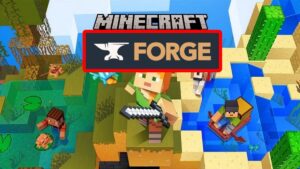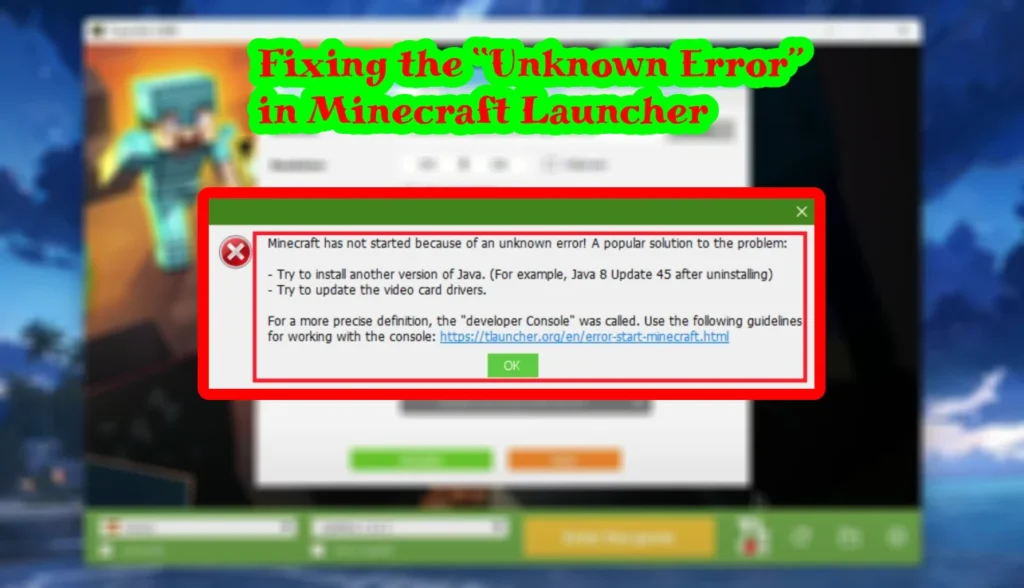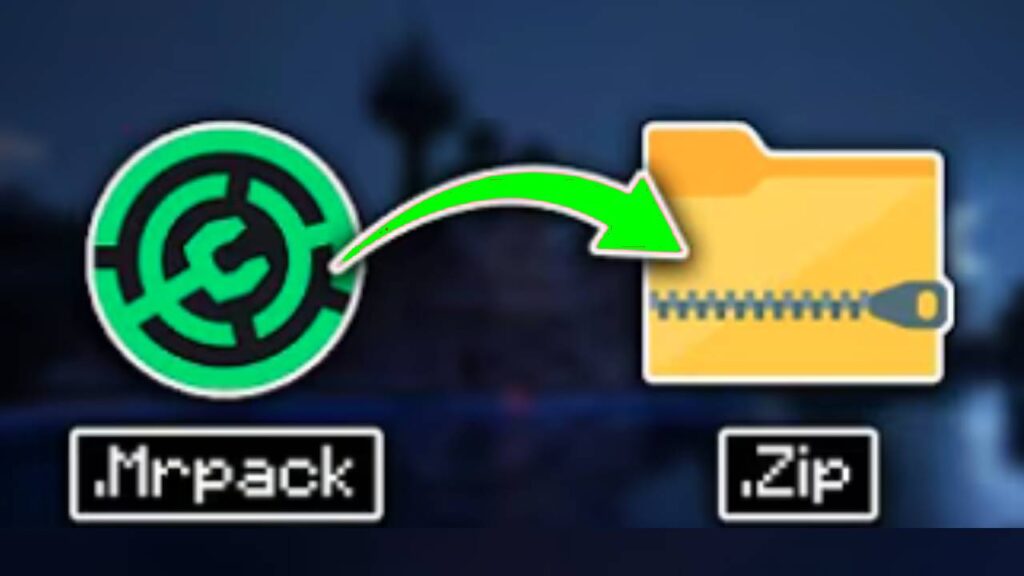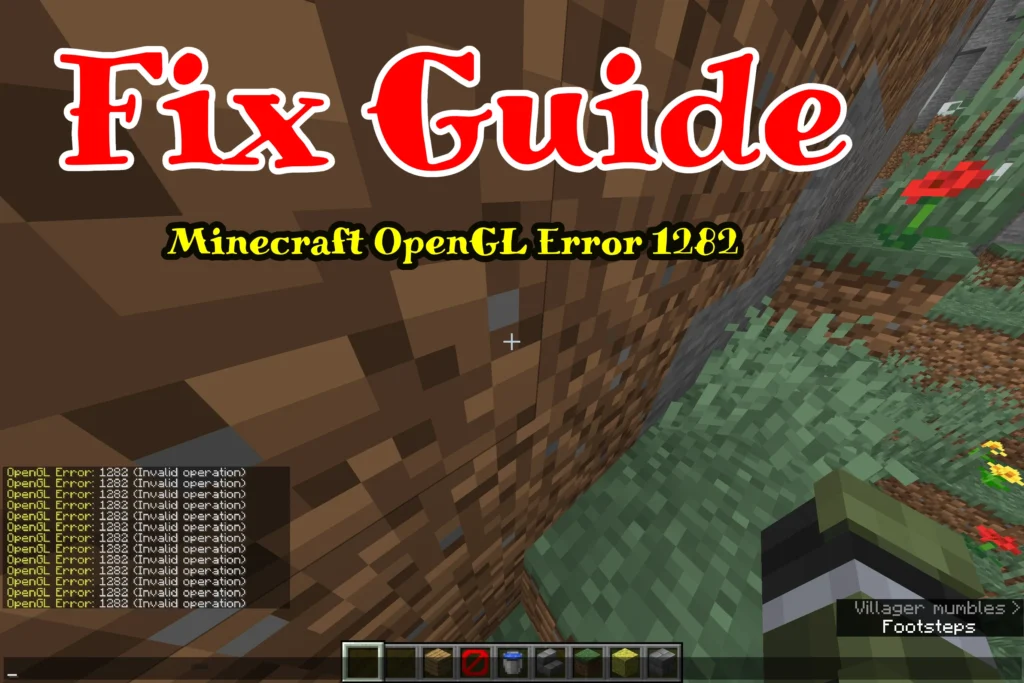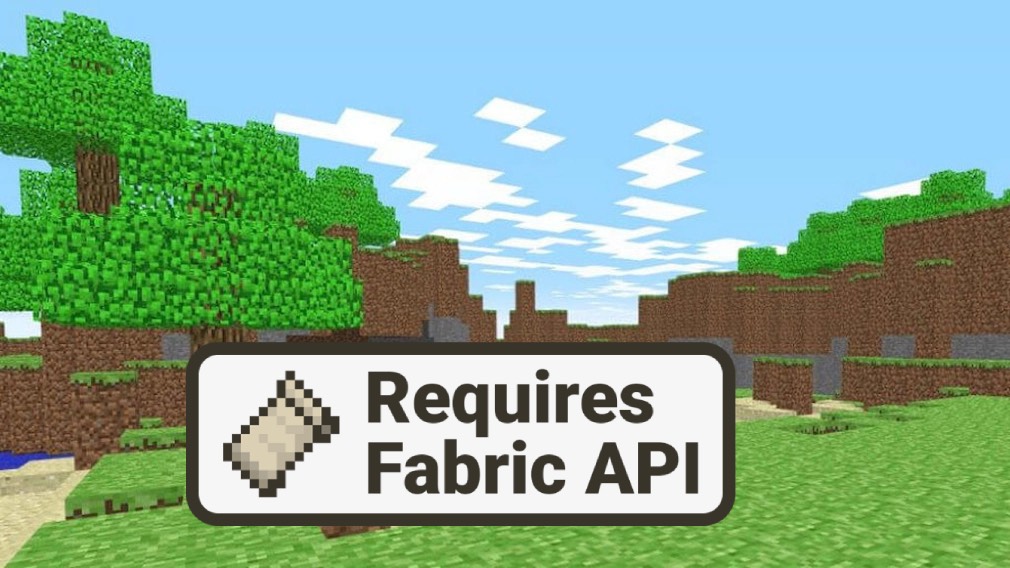Have you ever asked yourself, “What exactly is Forge in Minecraft?” You may have heard the name in YouTube tutorials, modpack guides, or while searching for mods, but what does it really mean?
Minecraft Forge is a free, open-source mod loader for Java Edition. It provides the framework that allows mods to install, run, and work together without constant crashes. With Forge, players can combine dozens of mods into stable modpacks, unlocking everything from new blocks and tools to full gameplay overhauls.
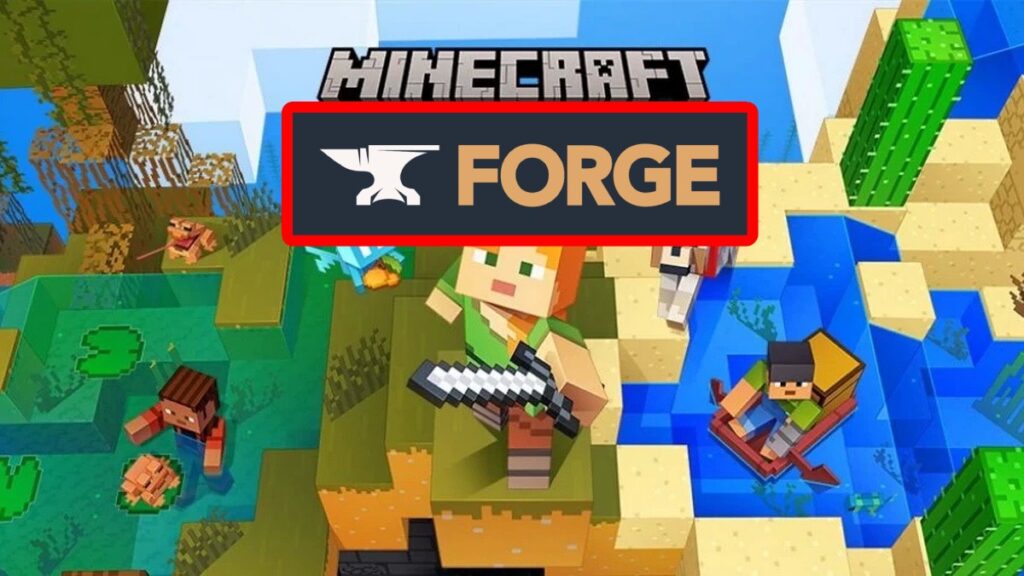
Why Was Forge Created?
Back in Minecraft’s early modding days, mods often conflicted with each other. Two different mods could edit the same part of the game and cause instant crashes. Installing more than one at a time was a gamble.
Forge was built to solve this. It standardized how mods connect with Minecraft’s code, offering a shared API and lifecycle events. That made it possible for multiple mods to coexist without chaos.
When I first discovered Forge years ago, it felt like a gateway: suddenly I could run massive modpacks like Tekkit or Feed the Beast instead of just one or two mods at a time.
How Do You Use Forge?
Using Forge is straightforward:
- Download the Forge installer for your Minecraft version.
- Run the installer to create a Forge profile in your launcher.
- Drop Forge-compatible mods into your
mods/folder. - Launch the game using the Forge profile.
That’s all it takes. Once installed, Forge quietly handles compatibility and lets mods load seamlessly.
Why Is Forge So Popular?
Forge’s biggest strength has always been its ecosystem. Over a decade of development means thousands of mods were built specifically for Forge, including many of the most iconic ones in Minecraft history.
Some of the classics include:
- OptiFine – graphical optimization and shaders (a staple for years).
- JEI (Just Enough Items) – recipe viewer, indispensable in modpacks.
- Tinkers’ Construct – deep tool and weapon customization.
- Immersive Engineering – a full-blown tech mod.
- Biomes O’ Plenty – expansive biome generation.
- Thaumcraft – one of the most influential magic mods.
If you’ve ever played a large modpack like SkyFactory, SevTech: Ages, or FTB Infinity, you were playing on Forge.
Is Forge Client-Side, Server-Side, or Both?
Forge works on both.
- On singleplayer, you install Forge on your client to load mods.
- On multiplayer, the server also needs Forge installed, plus the same mods as the client.
I learned this when I tried running a Forge modpack with only vanilla server software the game refused to load until I installed Forge on the server.
How Does Forge Compare to Fabric, NeoForge, and Quilt?
Forge vs Fabric
- Forge is older, heavier, and supports the largest library of big content mods.
- Fabric is newer, lightweight, and updates faster when Mojang releases new versions.
- If you want huge modpacks and large-scale content, Forge still dominates.
- If you want performance and quick updates (mods like Sodium, Lithium), Fabric is usually better.
Forge vs NeoForge
- NeoForge is a fork of Forge, created to modernize its codebase and speed up updates.
- It aims for compatibility with Forge mods but adds quality-of-life improvements for developers.
- NeoForge is growing, but Forge remains more established with a larger community.
Forge vs Quilt
- Quilt is a fork of Fabric, not directly related to Forge.
- It focuses on modularity and experimentation.
- Forge mods don’t run on Quilt, just like they don’t run on Fabric.
In short: Forge is the veteran giant, Fabric is the lightweight challenger, NeoForge is the modernized fork, and Quilt is the experimental cousin.
What Are the Downsides of Forge?
As much as I appreciate Forge, it does have drawbacks:
- Updates more slowly when Minecraft releases new versions.
- Can feel heavier compared to Fabric.
- Requires more time for mod developers to adjust to changes.
Still, for large modpacks and content-heavy experiences, it remains unmatched.
Common Questions About Forge
Does Forge cost money?
No, it’s completely free and open-source.
Can Forge run Fabric mods?
No. Forge and Fabric are separate ecosystems.
Is Forge outdated?
Not outdated but it is slower to update. Its strength is in supporting huge mods and modpacks.
Do I need Forge for every mod?
Only for Forge-based mods. Fabric mods won’t run on Forge, and vice versa.
Which should I pick: Forge or Fabric?
Choose Forge for massive content mods and big packs. Choose Fabric for lightweight, performance-oriented mods and quicker updates.
My Takeaway
Forge is more than just a tool it’s the backbone of modded Minecraft history. It created the foundation for modpacks, stabilized the modding scene, and still powers some of the most ambitious mods today.
It might not be the fastest to update, but if you want to experience Minecraft with magic systems, giant tech trees, or dozens of new biomes, Forge is still the way to go.
For me, Forge is like the “classic engine” of modding: reliable, powerful, and still essential if you want to explore Minecraft’s biggest possibilities.

